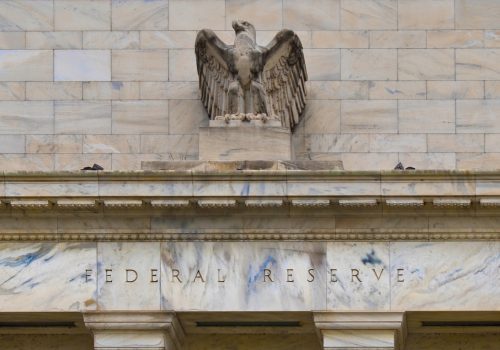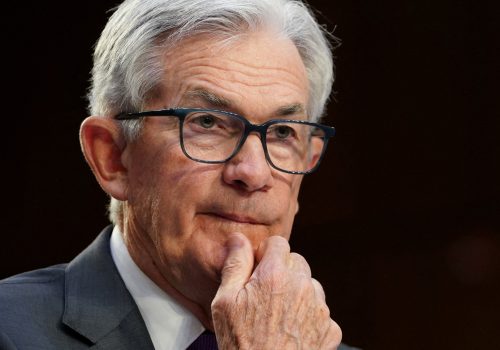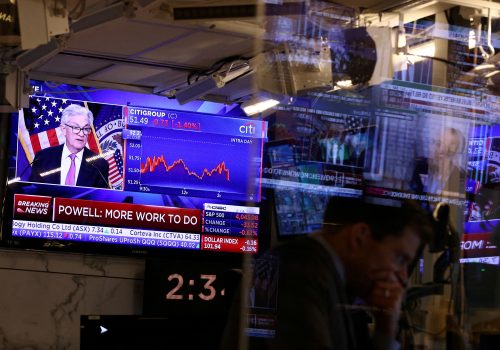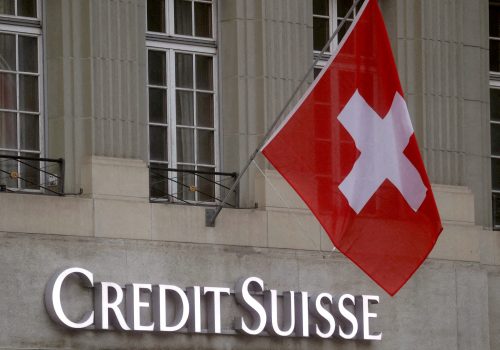The data in this tracker was last updated in June 2023. The GeoEconomics Center is no longer updating the data in this tracker.
The Monetary Policy Hub (MPH) tracks central banks’ efforts to achieve price stability, maximum employment, and sustainable growth. With inflation near forty-year highs in many advanced economies, major central banks, including the US Federal Reserve, are raising interest rates and shrinking their balance sheets to control inflation. Our Hub provides real-time information about central banks’ tools, including rate hikes and balance-sheet policies, and details their impact on each country’s economy and financial system.
Scroll to explore the Monetary Policy Hub data explorer, our in-depth look at key central banks, and economic factors impacting inflation.
Key Challenges for 2023
The Big 4 Central Banks
Key Emerging Markets Central Banks
Supply Side Factors Impacting Inflation
Future of the US Dollar
Research Team: Ole Moehr, Mrugank Bhusari, Niels Graham, Roberto Lopez-Irizarry, and Stefan de Villiers
Related content

GeoEconomics Center
At the intersection of economics, finance, and foreign policy, the GeoEconomics Center is a translation hub with the goal of helping shape a better global economic future.






